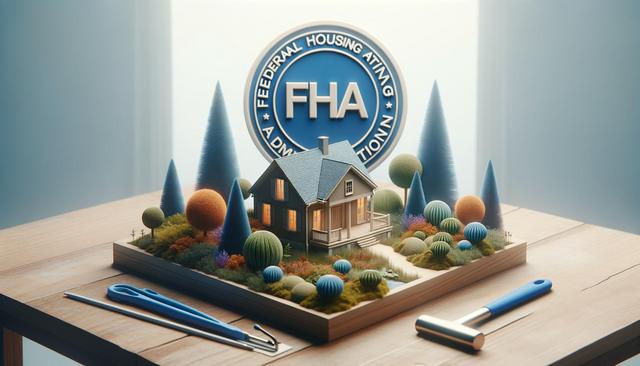Understanding the Warning Signs of Roof Damage
Roof issues often go unnoticed until they result in visible damage inside the home. However, a proactive approach can help detect early signs before they escalate. Common indicators of roof damage include missing or curling shingles, granules accumulating in gutters, and dark streaks or moss growth. These signs may not seem urgent, but they often point to underlying moisture problems that could lead to more severe structural issues. Inspecting your roof regularly—especially after storms or seasonal changes—can help identify these early warnings. It’s also helpful to check the attic for signs of leaks or daylight filtering through the roof boards.
How Roof Damage Can Affect Your Entire Home
A compromised roof can cause more than just ceiling stains. It can lead to a range of interconnected problems throughout your home. Water intrusion through a damaged roof can soak insulation, reducing its effectiveness and increasing energy costs. Over time, moisture can also foster mold growth, which poses health risks for occupants. Structural components such as wooden beams may weaken from prolonged water exposure, potentially leading to sagging ceilings or wall cracks. Some common consequences of neglected roof damage include:
- Electrical hazards from water reaching wiring systems
- Deterioration of drywall and paint inside the home
- Damage to personal belongings and furniture
- Increased pest infestations through roof openings
These issues demonstrate how a small leak can evolve into a much bigger challenge if ignored. Addressing roof damage quickly can help maintain your home’s integrity and prevent costly repairs down the road.
Choosing the Right Roof Services for Prevention and Repair
Professional roof services play a vital role in both preventing and repairing damage. Regular inspections by trained specialists can uncover issues that homeowners may overlook. These services often include debris removal, flashing checks, sealing of vulnerable areas, and reinforcement of roof components. When damage is detected, options such as patching, partial replacement, or full reroofing may be recommended depending on the extent of the problem. When selecting a roofing service provider, look for:
- Experience with your specific roofing materials
- Valid licenses and insurance coverage
- References or reviews from past clients
- Clear repair plans and transparent cost estimates
Establishing a relationship with a reputable roofing professional can make it easier to schedule timely inspections and address issues before they worsen.
The Value of Regular Roof Maintenance
Ongoing roof maintenance is one of the most effective ways to extend the lifespan of your roof and minimize long-term repair costs. Maintenance routines typically involve cleaning gutters, removing debris, checking for broken or missing shingles, and sealing any cracks or openings. Seasonal weather conditions—such as strong winds, ice, or heavy rain—can accelerate wear and tear, making periodic maintenance even more essential. Benefits of regular maintenance include:
- Improved energy efficiency
- Reduced risk of interior water damage
- Enhanced curb appeal and property value
- Longer roof lifespan
By scheduling maintenance at least twice a year, preferably during spring and fall, homeowners can stay ahead of potential issues and make informed decisions about necessary repairs or upgrades.
When to Consider Roof Replacement
While repairs and maintenance can resolve many issues, there comes a time when roof replacement is the more cost-effective solution. Factors such as the age of the roof, the frequency of past repairs, and the type of materials used all play a role in determining when replacement is necessary. Most roofs have a lifespan ranging from 20 to 50 years, depending on their material. If you’re experiencing recurring leaks, widespread shingle loss, or structural sagging, it may be time to consider a full replacement. A new roof not only improves protection but also offers an opportunity to upgrade to more durable or energy-efficient materials. Before making a decision, consult with a roofing professional to evaluate your current roof’s condition and explore replacement options that align with your budget and long-term goals.
Conclusion: Protecting Your Home Starts at the Top
Addressing roof issues early can save homeowners from costly repairs and prevent damage to other parts of the home. Your roof serves as the first barrier against the elements, and its condition directly impacts the safety, energy efficiency, and value of your property. Whether you’re responding to visible damage or taking steps toward preventive care, investing in professional roof services and regular maintenance is a worthwhile decision. Don’t wait until water stains appear—take action now to ensure your roof remains strong and reliable for years to come.




Leave a Reply